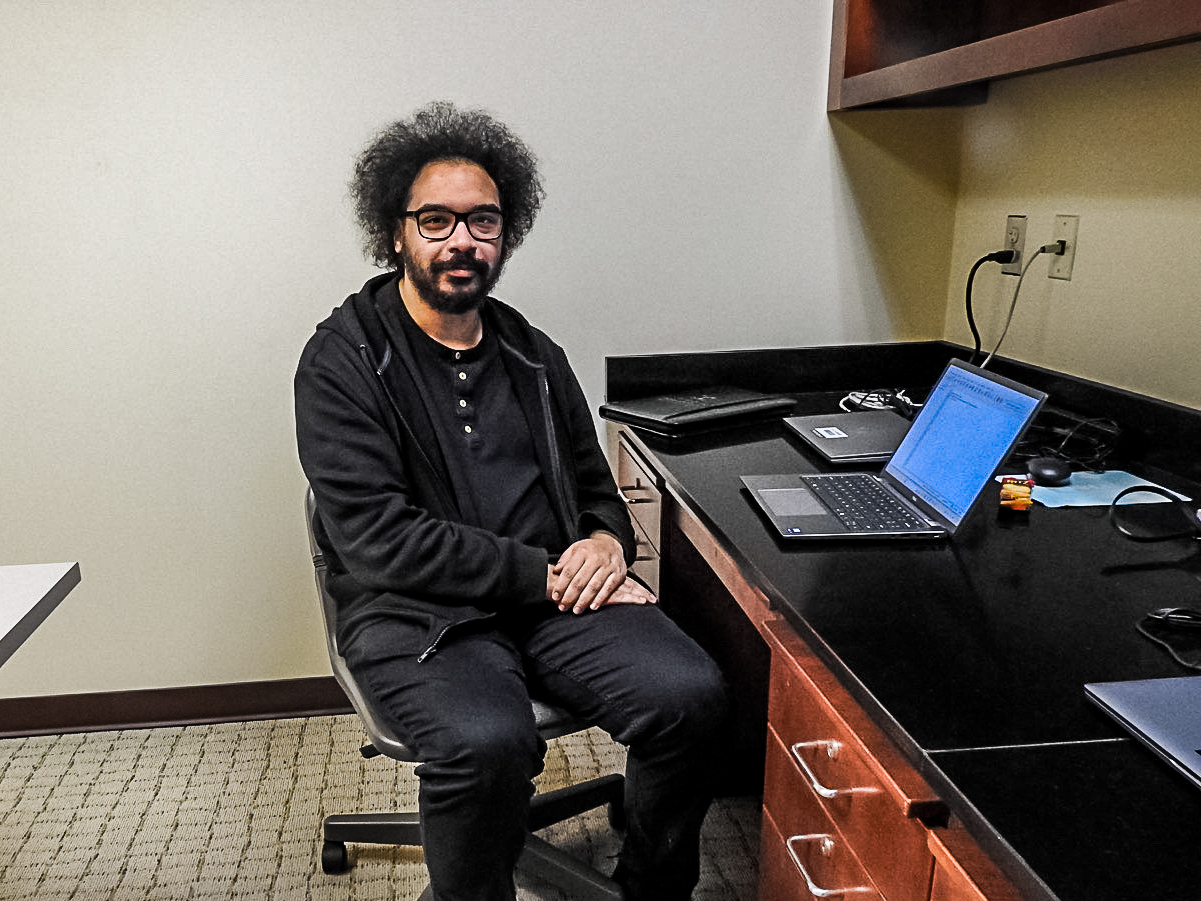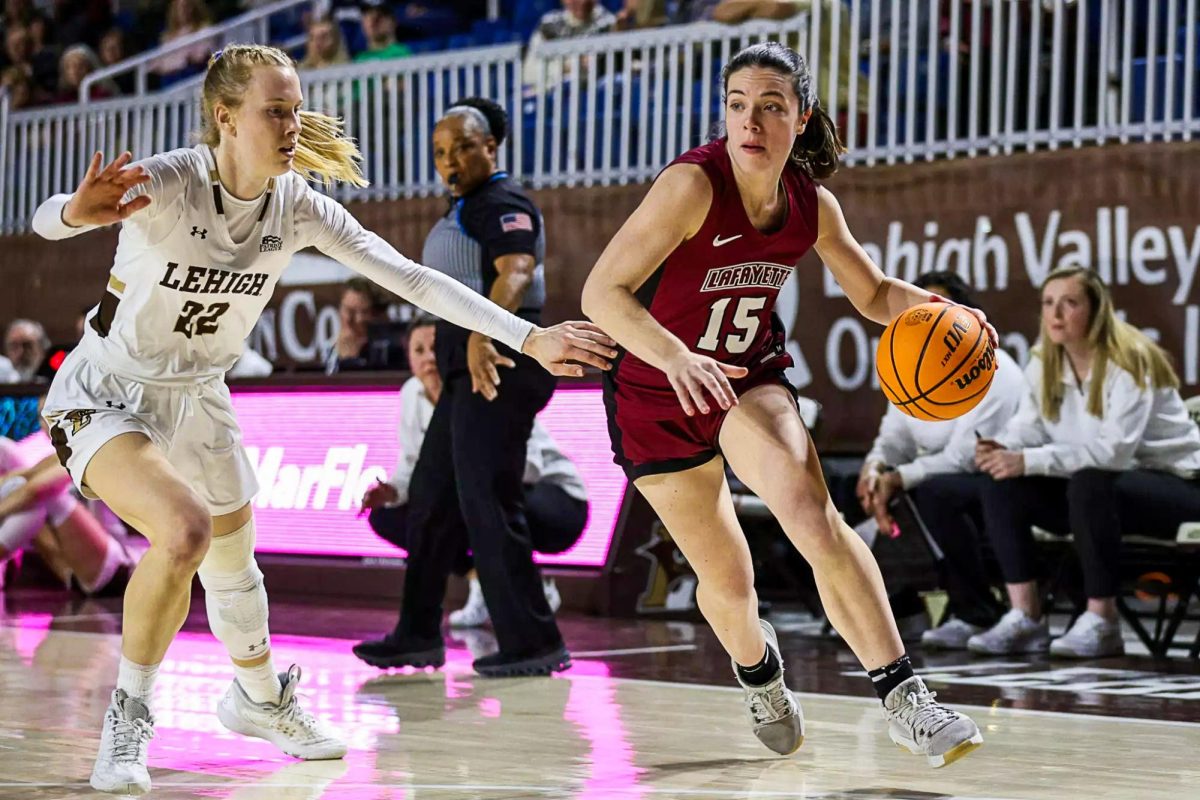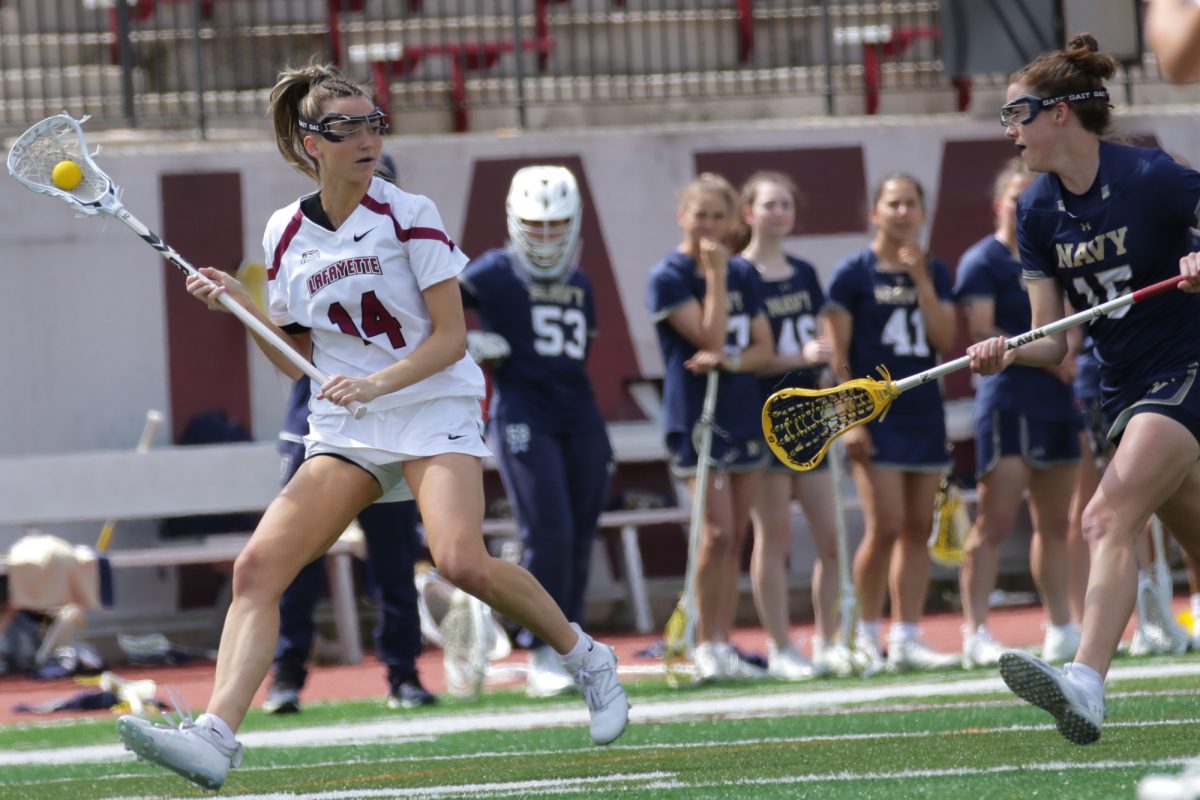We have heard plenty about the retirement of Peyton Manning this past week. Sports reporters have highlighted his legacy, his classy attitude, and his execution as he ended his career with a Super Bowl victory. But for anyone tired of all the Peyton Manning coverage: Not to worry, this article is NOT about Peyton Manning, and he won’t be mentioned again.
It’s strange how much his retirement has taken attention away from the more unexpected abandonments we’ve seen in the NFL this past month.
Just a year ago, 29 year-old Seattle Seahawks running back Marshawn Lynch was called the best in the game at his position. But last month, he decided to walk away from the game.
Equally as surprising was Detroit wide receiver Calvin Johnson’s decision to retire, which was made official earlier this week. Much like Lynch, Johnson was considered one of the best at his position and was only 30 years of age.
Is this a trend that we will start to see in football in the coming years?
The dangers of head trauma suffered by participating in contact sports like football have been widely publicized.
The issue has left its mark on the league in recent years, as the NFL implemented a concussion protocol in 2013 to both mitigate risk of re-injury and to prevent concussed players from returning to the field too soon.
Even Pittsburgh Steelers quarterback Ben Roethlisberger, often regarded as one of the league’s toughest players, has been quoted as saying he would “play through any injury but brain.”
If nothing else, this points to a culture shift in the NFL from a “play through the pain” mentality to a more cautious one with respect to head injuries.
Granted, neither Lynch nor Johnson have pointed to avoidance of injury as a reason for their retirement. But at the same time, both players fought through injuries all of last season. Lynch missed a career-high 10 games with various lower body injuries.
Maybe while fighting other injuries, and realizing their abilities have passed their prime, the players have decided it’s not worth it to continue playing and risk sustaining a head injury.
Soccer is another major sport with a history of frequent head injuries. This is due in part to the absence of head protection, coupled with susceptibility of bashing heads with an opponent when attempting to head the ball, or even being hit after heading the ball—intentionally or unintentionally.
Last week, former US women’s soccer player Brandi Chastain vowed to donate her brain to concussion research.
Chastain claims to have suffered two concussions while playing in college, and says that she did not immediately leave the game in either instance. Now at the age of 47, it is unclear whether a player in the same situation today would have the opportunity to simply fight through the injury.
Chastain is one of the game’s most recognizable figures and became a symbol for US soccer after her goal celebration in the 1999 World Cup. Perhaps her motion to make strides in concussion research could lead the way for other athletes to do the same.
She is also one of the only professional athletes to agree to donate their brains to such research, and it could be decades before scientists have the opportunity to study her brain. Until more professional athletes make similar pledges to science, there will be continued uncertainty of the exact risks involved in professional sports.
While Lynch and Johnson have decided to leave the NFL, even with the skills to put forth several more productive years in the league, one has to wonder about their true motives to quit.
With the changing attitude towards head injuries in the NFL, it’s possible that we will see a trend of players retiring before they become old, decrepit and well past their prime—like a certain quarterback that I promised wouldn’t be mentioned again.


































































































